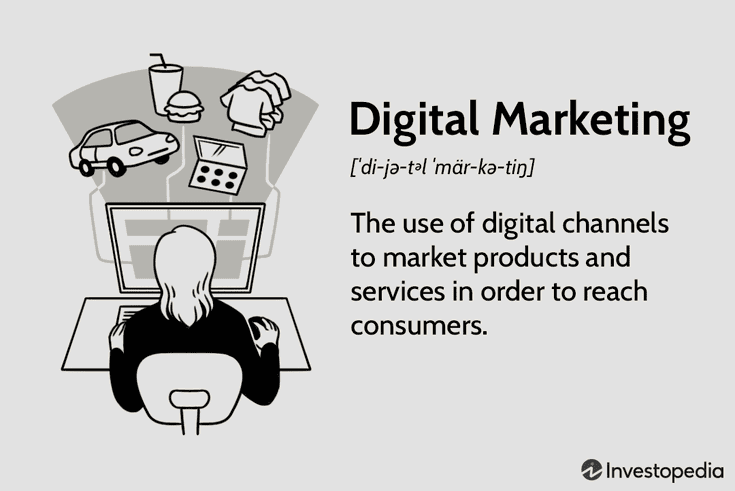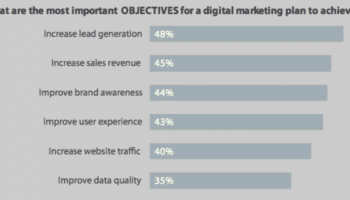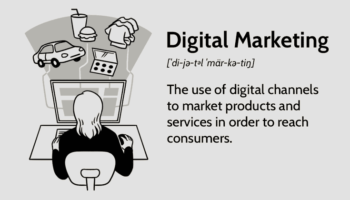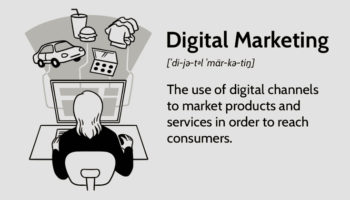Understanding your target market and online activity patterns is the key to creating an effective marketing campaign on the Internet. This is primarily achieved by identifying your target market’s demographics and behaviors. In this way, you can create an effective market-led website. By understanding your target market’s online habits, you can better determine what products and services to provide them.
Identifying your target market
Identifying your target market is essential for many reasons. For one, it allows you to tailor your message to specific demographics. For example, if you’re marketing a new product, you can segment your audience based on age brackets. These demographics can help you to develop a specific strategy for your company. In addition to age, gender can be a factor in determining how your business should market its product or service.
Once you have a clear idea of your target market, you can determine which platforms are best for your marketing. Facebook, for example, provides analytics that can help you to determine how big your market is. You can also add interests that may be relevant to your target market by checking Audience Insights in your Facebook Business Manager. You can determine the most pertinent personas by comparing the analytics results.
Identifying your target market is a crucial step for any digital marketing strategy. The more specific your audience is, the better content you can create. It will also help you engage with your target market online more effectively. To do this, you can create buyer personas.
The target market should be a group of people more likely to purchase your product or service. You can identify this by analyzing your target market’s demographics, interests, and buying history. For instance, you can use Facebook ads to target a group of working moms between the ages of 25-34.

Knowing your target market is crucial for the success of your marketing campaign. Once you know your target market, you can focus your marketing efforts and minimize the risk of failure. By analyzing the demographic data of your audience, you can develop effective strategies to appeal to your target market.
Identifying your website
The first step in any marketing strategy is to identify the purpose of your website. This will help you set goals for your website and place your target audience. Knowing your website’s goals will help determine how well it performs. For example, if you are aiming to sell a product or service, you will need to know what type of customers you want to reach.
You can identify your website’s purpose by studying your statistics. Find out which pages visitors visit the most, and look for recurring issues. You can also learn more about your visitors by examining their demographics and interests. Researching your website’s keywords is an excellent way to find this information.
Identifying your target market’s online activities
If you’re planning on using the Internet for marketing purposes, it’s essential to identify your target market’s online activities. This can be done by reading articles, forums, and blog discussions about your target market. You can also conduct surveys to get more information about what your target customers are doing online.
For example, if you’re a retailer of conservative classics, your target market will likely be primarily retirees and baby boomers. This group often spends their time on social media and health-related websites. You may consider targeting this group through direct mail or email campaigns to promote sales.

Identifying your target market can be difficult if a wide range of people uses your products and services. For example, a daycare center would serve parents of young children, while a veterinarian might target pet owners. A grocery store is an excellent example of a business that serves various customers, as it sells groceries for many different types of people. Your target market will likely be people who live near you and need the products and services you provide.
Age, gender, income, and other factors define target markets. They can also be broken down into smaller segments. The demographics of your target market are conducive, but you should also focus on the psychographics of these people. This way, you can better understand the people in your target market.
Identifying your website’s goals
Before you can begin to use your website for marketing purposes, you must first define its goals. These goals should be measurable and actionable. For example, you could aim to increase the number of Facebook fans or newsletter subscribers within the next six months. When defining your goals, remember that you should use the SMART methodology. That means the goals should be specific, measurable, attainable, relevant, and time-bound.
The purpose of a website is to provide information to visitors. It can be educational or inform a visitor about a product. For example, a website for a hospital might have an appointment request form, and one for an e-commerce website may measure page views, bounce rate, and average time on site. A website for a fast-food chain might focus on menu availability, but it might also want to create an experience that taps into the concept of enjoying a tasty meal after a long day at work. If the goals of your website are specific and measurable, you will have a good idea of whether you’re making progress.
Once you’ve established the goals of your website, you’ll need to choose a design that will support those goals. You can analyze your business plan, review your target market’s information, and check out the web site’s technical equipment. It’s also a good idea to get feedback from your visitors and send them surveys. Remember, it’s an ongoing process, and you should continue to request input regularly. You should also ensure your website’s content is meaningful and engaging for visitors.

Once you’ve identified your website’s goals, you can start implementing strategies to make it better. Analytical tools such as Google Analytics can help you determine what’s working and what needs to be updated. You can also choose which elements need improvement and what should be discarded.
Identifying your website’s audience
Identifying your website’s audience is vital for marketing purposes, and this can be done in several ways. One way to do this is through the use of customer data. For example, you can look at invoices to see how customers interact with your products and services. Also, you can pay attention to what topics people are talking about and what pain points they are experiencing. Your target audience may be asking for new features in the industry or talking about a problem they have with an existing product or service.
Once you’ve identified your target audience, you can use the information to develop a targeted campaign. Facebook’s powerful feature allows you to segment your audience by age, gender, and other demographics. You can also segment your audience by topics and the device they use to access the website.
Another way to identify your target audience for marketing purposes is to conduct surveys and gather feedback from current customers. This is important because it will help you refine your offers and develop future ones. It will also help you improve your bottom line. You can also get more information about your target audience by checking out other companies websites and social media feeds. Social listening tools are also great tools for identifying your website’s audience.
Once you know your audience, you can identify where they’re going and how they use your site. Using tools like Google Analytics and other web analytics tools will help you answer your questions and target your marketing efforts accordingly. Knowing what your audience is interested in can create content that speaks directly to them.






